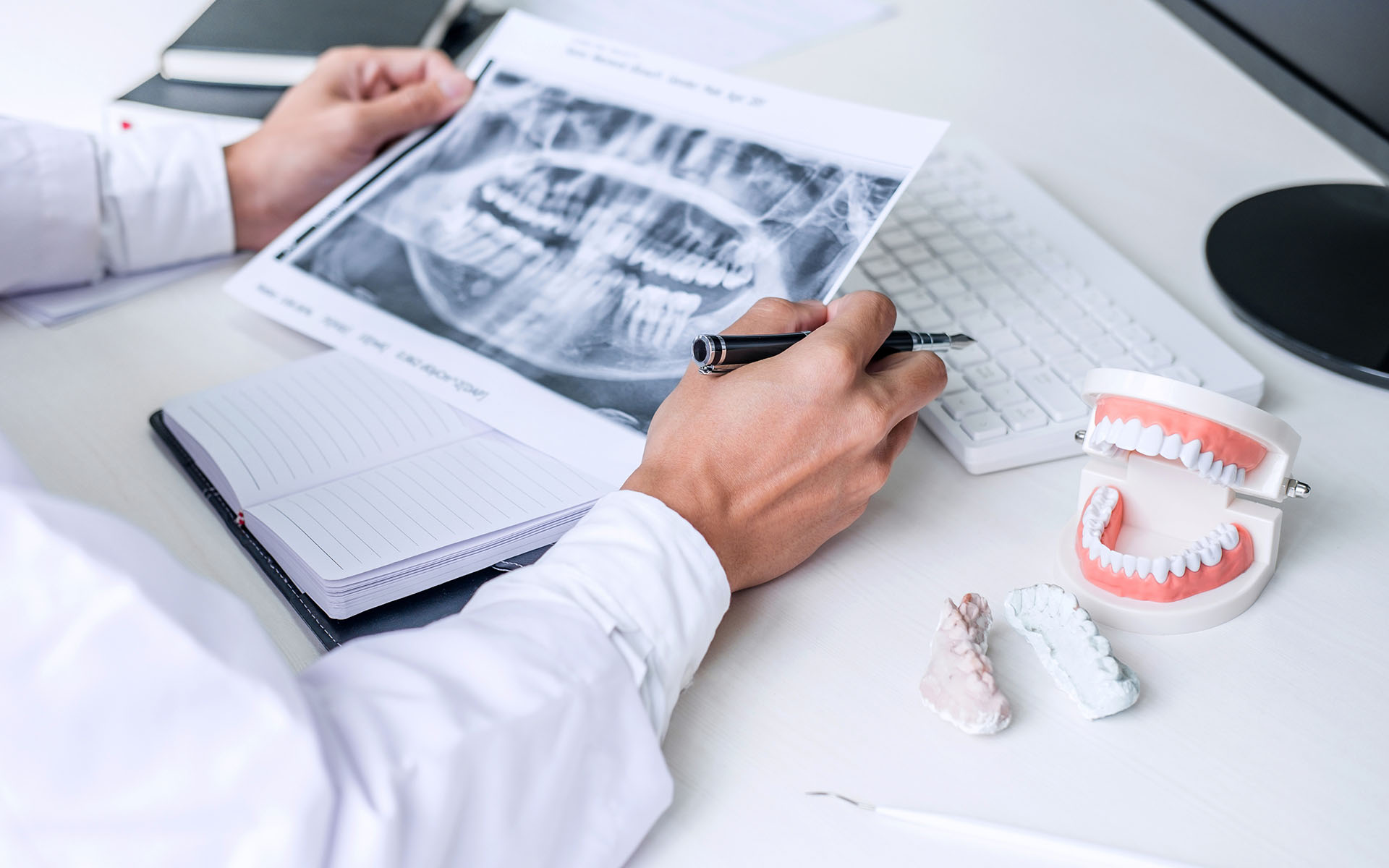
Treatment Methods of Temporomandibular Joint Disorder (TMD)

Treatments range from simple self-care practices and conservative treatments (all treatments for structural problems of the teeth and treatments to complete the integrity of the teeth) to injections and open surgery. If possible, it is a correct approach to start the treatment with conservative, non-surgical treatments and to apply surgery as a last resort. TMJ disorder can be treated in different ways, depending on the level of the disease.
What are Non-Surgical TMJ Treatments?
If you have been diagnosed with TMJ dysfunction, your physician will likely recommend conservative treatment options first. Many of these therapies work in combination with each other to provide TMJ relief. These treatments are:
- Ice pack application and exercises: For acute pain, apply an ice pack to the side of your face and temple area for about 10 minutes. A few simple stretching exercises for your chin are performed as directed by your healthcare professional. After exercising, apply a warm towel or washcloth to the side of your face for about five minutes. These practices are repeated several times each day.
- Eating soft foods: It may be advisable to eat soft foods such as yogurt, mashed potatoes, cottage cheese, soups, omelets, fish, cooked fruits and vegetables, beans, and cereals to avoid overworking your jaw. In this case, you should avoid hard and crunchy foods (like hard breads, pretzels, raw carrots) and chewy foods (like caramel and fudge). You shouldn't chew gum.
- Medication: Your doctor may prescribe medication to relieve pain and swelling. Muscle relaxants can help relax tense jaw muscles, especially for people who grind or clenched their teeth. Anti-anxiety medications can sometimes help relieve stress, which is thought to worsen TMJ symptoms. All of these drugs should be used if prescribed by the relevant physician.
- Night plates: Night plates are mouthpieces that sit on your upper or lower teeth. Night plates help to reduce the load on the teeth during the closing of the mouth.
- Conservative treatments: These treatments include replacing missing teeth or using crowns, bridges, or braces to bring your bite into proper balance and alignment.
- Various habit changes during the day : Avoiding habits that involve excessive jaw movements can relieve your pain. For example; Do not rest your chin on your hand or hold the phone between your shoulder and ear. Practice a correct posture technique to reduce neck and face pain. Gently space your teeth as often as possible to reduce pressure on the jaw. To control teeth grinding during the day, place your tongue on the palate behind your upper front teeth. Learn relaxation techniques to help control muscle tension in the jaw.
If conservative treatments fail, the following practices may be recommended before applying for maxillofacial surgery;
- Subcutaneous electrical nerve stimulation (TENS): This therapy uses low-level electrical currents to relieve pain by relaxing your jaw joint and facial muscles.
- Trigger point injections : Pain medication or anesthetic is injected into the sensitive muscles of the face (called "trigger points") to relieve pain.
- Radio wave therapy: Radio waves create a low-level electrical impulse that increases blood flow in the joint and provides TMJ relief.
- Botulinum Toxin Administration: These injections help reduce muscle mass and inflammation.
When Should You Consider TMJ Surgery?
TMJ surgery should only be considered if severe pain persists after all other treatment options have been tried. Although TMJ surgery is the best option for many people, it is important to consult your physician about other alternatives and make an informed decision.
There are three types of TMJ surgery: arthrocentesis, arthroscopy, and open joint surgery. The type of surgery required depends on the TMJ symptoms and the complexity of the problem.
- Arthrocentesis: This minor procedure is performed in the clinic, usually under local anesthesia. Usually recommended when the jaw is suddenly locked in the closed position. It can also help reduce inflammation in the TMJ. Needles filled with sterile fluids are inserted into the affected joint and the joint is washed. Rarely, a surgical instrument is needed to remove scar tissue or to remove a dislodged disc.
- Arthroscopy: This procedure is performed under general anesthesia. The maxillofacial surgeon makes a small incision in front of the ear and inserts a small, thin instrument containing a lens and a light. This instrument is connected to a video screen that allows the maxillofacial surgeon to examine the TMJ and its surroundings. Depending on the cause of your TMJ pain, your surgeon may remove the inflamed tissue or realign the disc or another area of the TMJ. Because arthroscopic surgery is made through small incisions, it causes fewer scars, shorter recovery times, less discomfort and fewer complications compared to open joint surgery.
- Open Joint Surgery: Open joint surgery is performed under general anesthesia. Unlike arthroscopy, open surgery is the traditional procedure in which a long incision is made to insert instruments. Open joint surgeries may be necessary in the following situations:
- Wearing of the bony structures that make up the jaw joint
- Tumor in or around the TMJ
- Having severe scars or bone chips in the joint
Compared to arthrocentesis and arthroscopy, open joint surgery requires a longer recovery time. There is also a higher chance of tissue scarring and nerve injury. However, there are situations where open joint surgery is the best solution. Your oral and maxillofacial surgeon will determine the necessary application for you based on the diagnosis made and will apply the most appropriate treatment method.